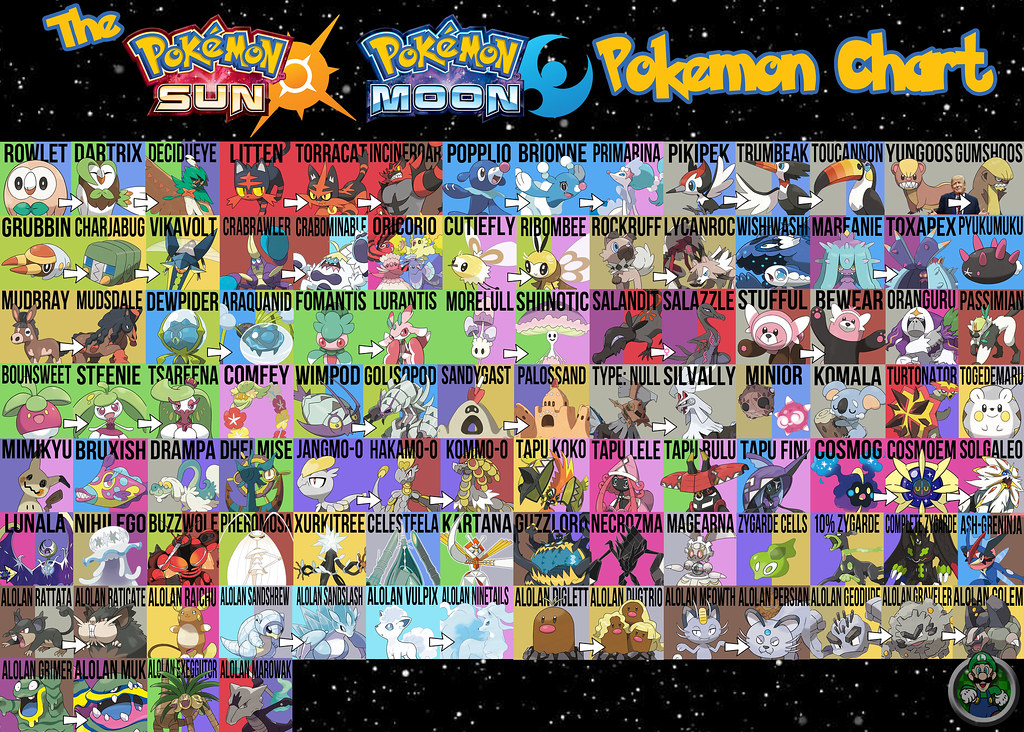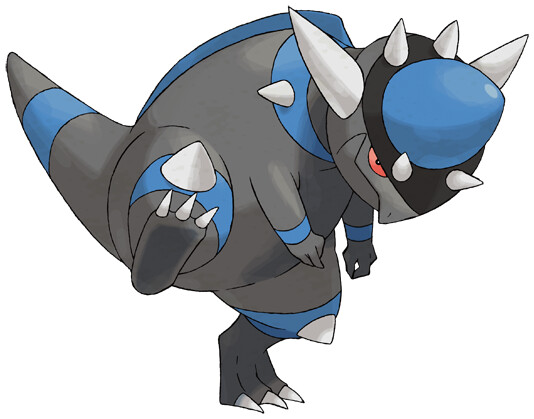


The graphics were prettier, of course, and seeing Hoenn, the third-generation’s setting, rendered in sparkling 3D offered a stunning new perspective of an old world. Bringing a Game Boy Advance game to the 3DS obviously introduced some new delights. Pokémon Omega Ruby and Alpha Sapphire are to-the-letter remakes of the third-generation flagship games ( Ruby and Sapphire), done up with modern bells and whistles. C’mon, you really think ice-type Pokémon stood a fair chance? Pokémon Red, Blue, and Yellow (1996–’98, Game Boy) Like scientists discovering a new entry on the periodic table, it shook things up majorly - and added some necessary checks and balances against the reign of terror that, before then, dragon-type Pokémon wrought upon trainers.
#Compare pokemon stats sun and moon plus#
On the plus side, these games introduced the new fairy type. It took an intelligent system and reduced it to a touchscreen grind.Īlso, the game’s horde encounters - battles in which you’d have to take on not just one or two but five Pokémon at once - were also a total slog. Instead of battling other Pokémon, you could…tap the bottom screen of your 3DS, causing the Pokémon you were training to literally hit a punching bag. But with that clarity came Super Training, an almost offensively simple system. In X and Y, this system was brought into the open, which is good for the sake of clarity. For the first five generations, EVs were hidden you’d have to know which Pokémon granted which EVs, and then mentally calculate which Pokémon had earned which EVs. These stats are governed largely by a figure known as effort values (EVs). All Pokémon have six stats (attack, defence, speed, special attack, special defence, and HP). Still, it granted a near-insurmountable stat boost, throwing the entire battle system out of balance.Ī new feature called Super Training also sucked the joy out of raising Pokémon. Choosing to put a Pokémon through Mega Evolution also came at the expense of allowing it to use other stat-boosting items. Not all Pokémon could do so, and the effect only lasted for the duration of a battle. In these generation-six games, you could evolve Pokémon into souped-up versions. Pokémon X and Y were held back by one thing: Mega Evolutions. Are Pokémon HeartGold and SoulSilver (fourth-generation remakes of the original second-generation games) just as good as Pokémon Diamond and Pearl? How do Pokémon FireRed and LeafGreen stack up against their third-generation counterparts? Which is the very best, like no one ever was? Read on to find out. There’s usually a quality discrepancy between a generation’s flagship game and the remake released during the same generation. The easiest way to rank Pokémon games is to order things by these generations, but that’s neither fun nor fair. Each generation expanded the compendium of catchable Pokémon, which started off at 151 (“the original 151!”) and has ballooned to nearly 900 today. Games following Red and Blue have introduced new features, like day-and-night cycles or customisable avatars, and even shaken up that type-matching chart. Pokémon games have tweaked things with every iteration - or generation, to use official parlance. Oh, and along the way, you always have to deal with some sort of sidelined nefarious group who’s up to no good. Beating them more or less means beating the game.

/cdn.vox-cdn.com/uploads/chorus_asset/file/7446495/Screen_Shot_2016_11_10_at_2.42.17_PM.png)
Once you collect all eight badges, you can take on the Elite Four: a gauntlet of five intimidatingly strong trainers. (Water beats fire, rock succumbs to fighting, and so on.) Your goal is visit the various type-specific “Pokémon gyms” throughout the land, wherein you face off against gym leaders - essentially, dojo masters - to earn that respective gym’s “badge.” There are (almost) always eight Pokémon gyms. You capture magical creatures and level them up through turn-based battles, which are rooted in a scientific system of matching types. In the two-and-a-half decades since, the Pokémon games have maintained the same core formula. But it all started with a game: 1996’s Pokémon Red and Blue versions, for Nintendo’s original Game Boy. The Pokéball, a red-and-white sphere bisected by a black line, is immediately recognisable to even your most out-of-touch aunts and uncles. It’s the biggest multimedia franchise on the planet.


 0 kommentar(er)
0 kommentar(er)
